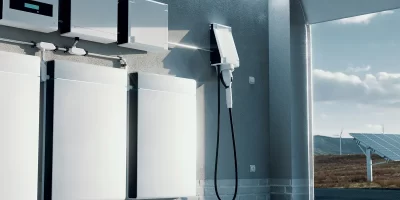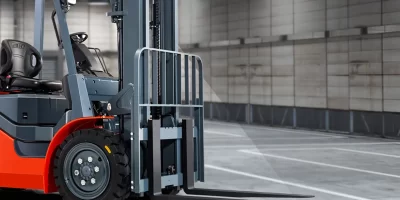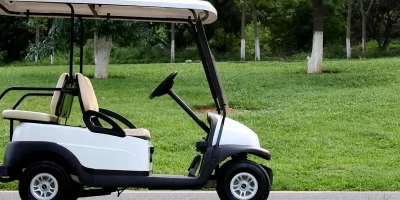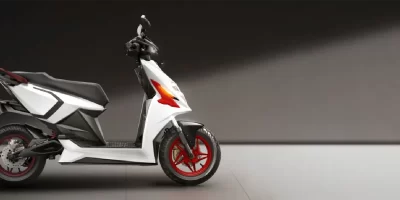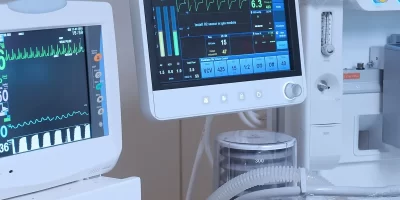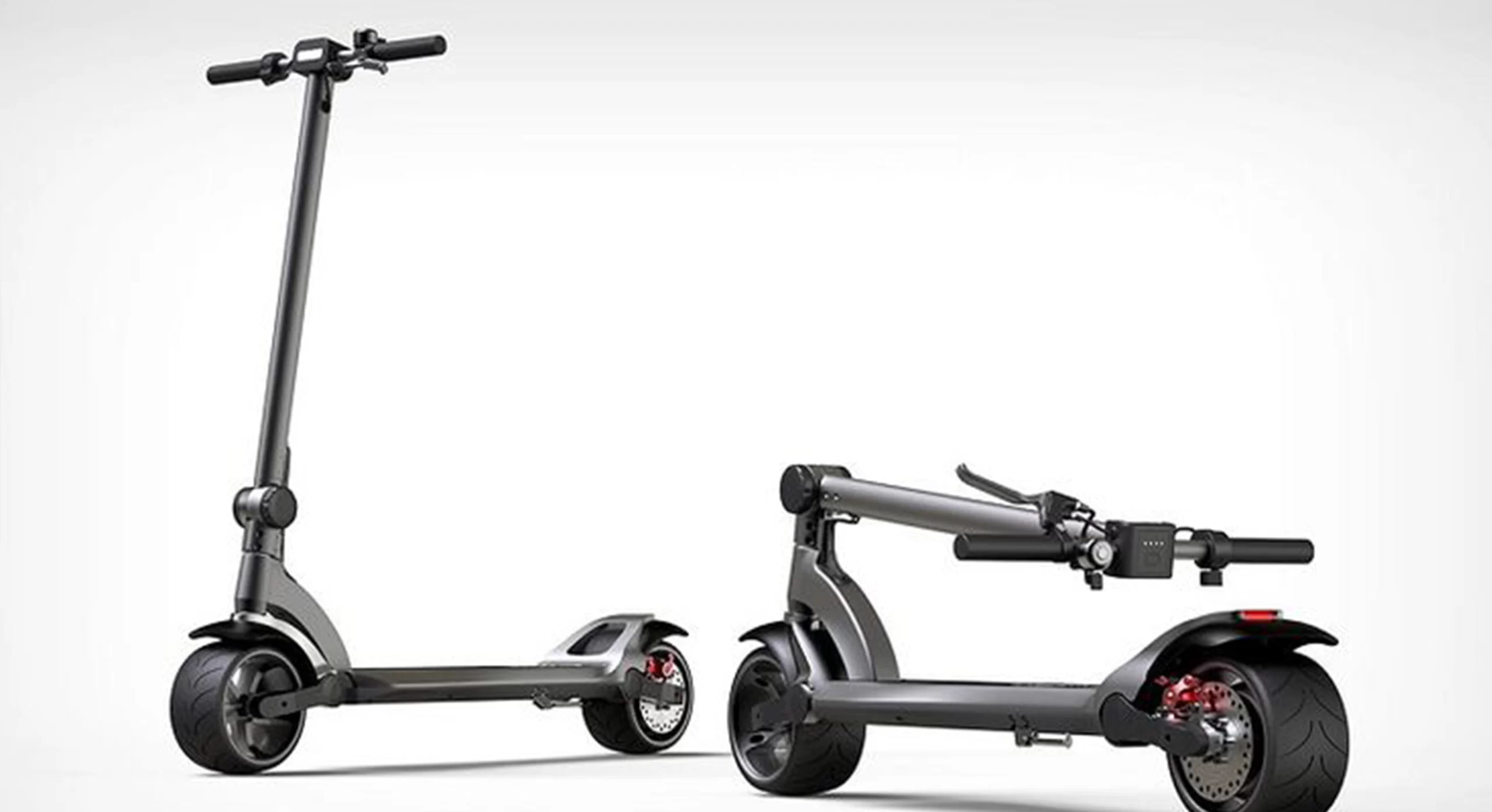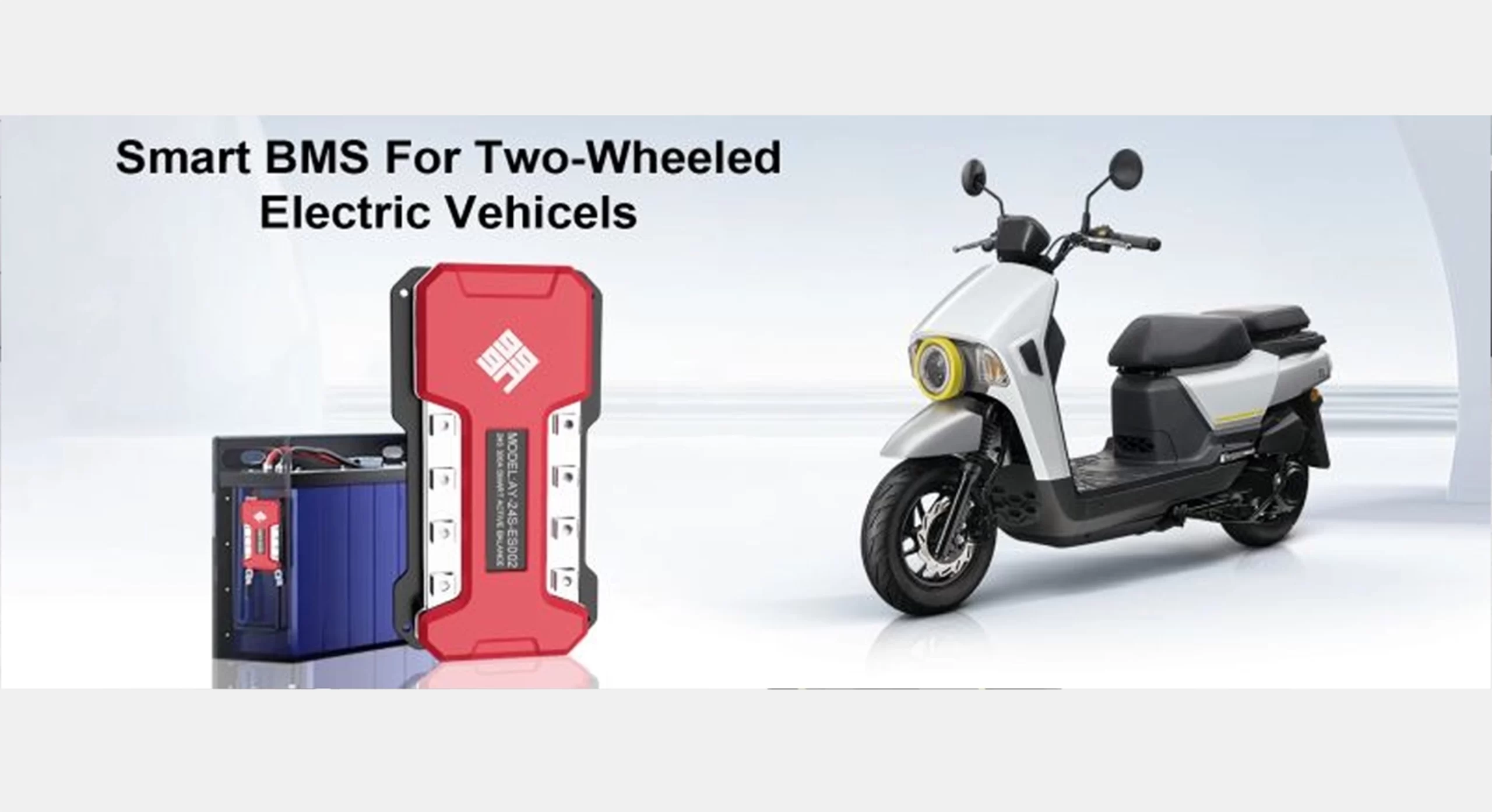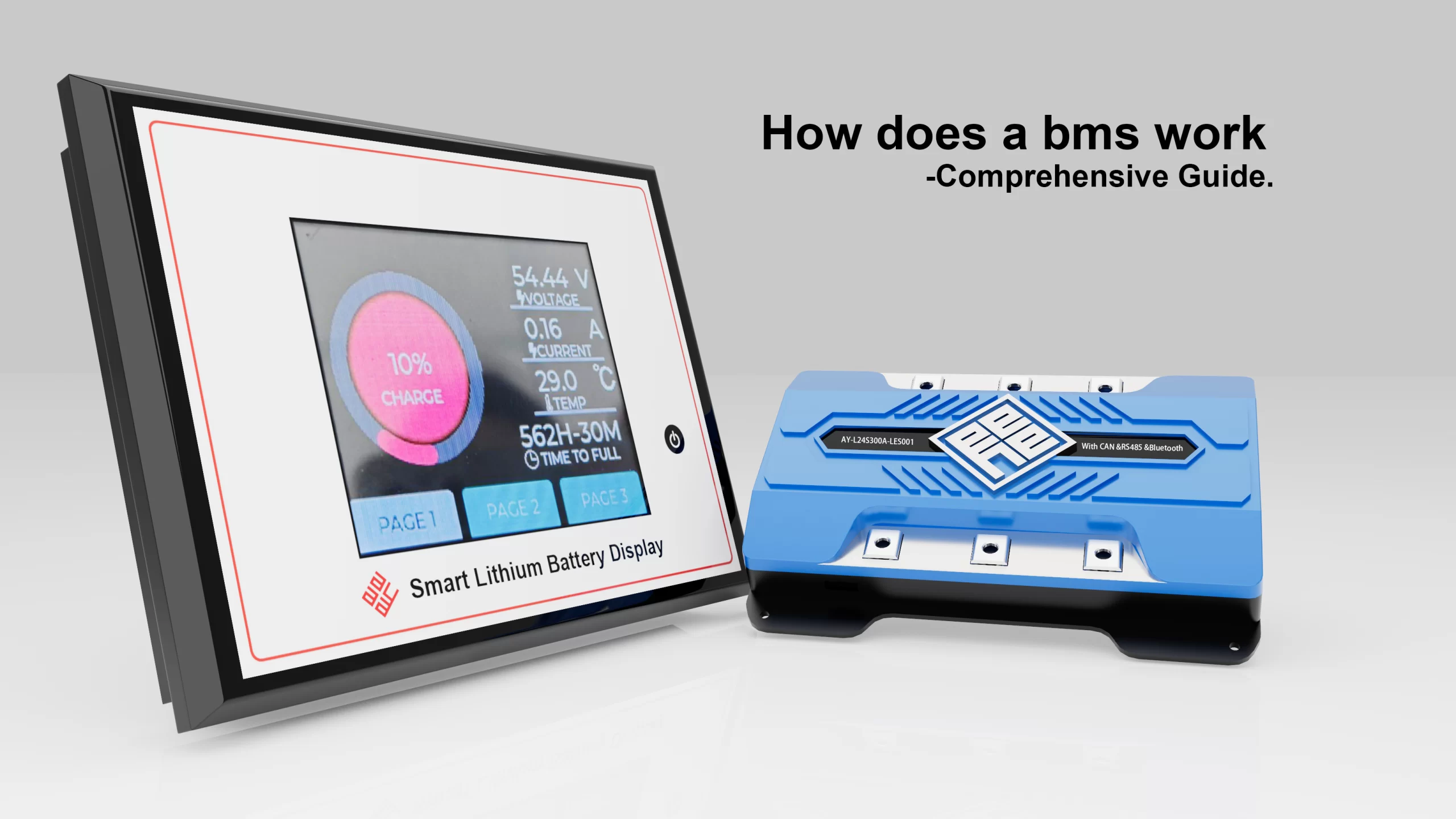Home About Us EVENTS & NEWS Battery Control Systems Explained: Optimizing Energy Storage for Maximum Efficiency
Battery Control Systems Explained: Optimizing Energy Storage for Maximum Efficiency
Battery Control Systems Explained: Optimizing Energy Storage for Maximum Efficiency
Efficient and dependable energy storage is crucial in the energy-driven world of today.
At the core of contemporary energy storage technology are battery control systems (BCS), which allow batteries to function effectively, safely, and for extended periods of time.
Battery control systems guarantee that batteries operate at their best whether they are utilized in industrial applications, renewable energy storage, or electric vehicles (EVs).
The structure, elements, applications, best practices, and guiding principles of battery control systems will then be thoroughly examined, along with their significance in optimizing the efficiency of energy storage.
What Is a Battery Control System?
To guarantee the battery operates safely, battery control system (BCS) technology regulates and tracks the battery’s operating condition.
In order to enhance battery performance, it closely monitors important parameters like temperature, voltage, current, and the battery’s state of charge (SoC) and makes adjustments in real time.
In order to prolong battery life, increase energy efficiency, and prevent damage from overcharging or overdischarging, battery control systems are essential.
Electric vehicles, industrial batteries, and renewable energy storage systems all make extensive use of battery control systems. 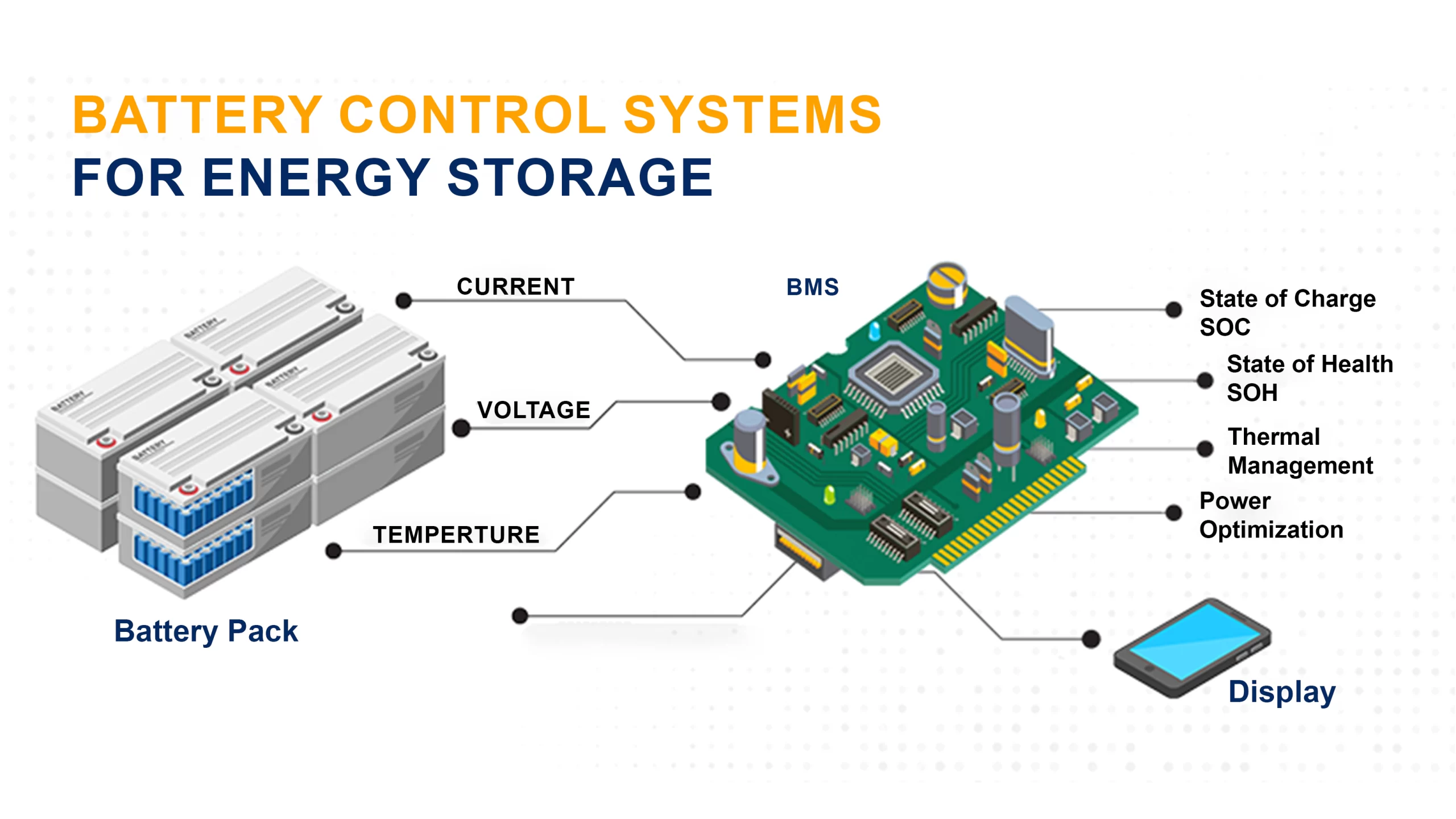
Core Functions of a Battery Control System:
1.Voltage and Current Regulation: Guarantees that batteries don’t go over safe limits.
2.Temperature Control: Avoids overheating, which may cause safety problems or a shorter battery life.
3.State of Charge (SoC) Monitoring: Gives information on the battery’s energy level in real time.
4.State of Health (SoH) Monitoring: Monitors the battery’s state and deterioration over time.
5.Fault Protection: Automatically isolates or shuts down the battery in the event of problems such as high temperatures, overcharging, or short circuits.
6.Why is a Battery Control System Important?
Modern battery-powered systems are controlled by the battery control system. Without it, batteries are more likely to malfunction, be inefficient, and have a shorter lifespan.
Through constant regulation of energy storage and release, the battery control system guarantees:
• Longer battery life
• A higher level of energy efficiency
• Enhanced security via thermal control and fault identification
• Optimal performance throughout cycles of charging and discharging
Structure and Components of a Battery Control System
The hardware and software components of the battery control system work together to regulate the function of the battery. The main components include:
1. Battery Management Unit (BMU): All monitoring and decision-making activities are conducted at the BMU, which is the central component of the battery control system. It is in charge of controlling the charging, discharging, and protection of the battery as well as the entire battery management system.
2. Voltage and Current Sensors: The voltage and current entering and leaving the battery are measured in real time by these sensors. For the battery to function within safe bounds, they are essential.
3. Temperature Sensors: Changes in temperature can affect batteries. Temperature sensors are part of battery control systems, which keep an eye on and manage the battery’s temperature to avoid overheating and maximize charging effectiveness.
4. Battery Balancing Circuit: Balancing circuits are essential for ensuring that each cell in multi-cell battery packs has an equal charge. Battery balancing helps avoid damaging individual cells by preventing overcharging or undercharging.
5. Charge Controller: By controlling the charging process, the charge controller makes sure the battery always gets the proper voltage and current. This part keeps the battery from overcharging, which could otherwise reduce its lifespan.
6. Communication Interface: The battery control system can communicate with other systems through the communication interface (e.g., the energy management system in electric vehicles or the inverter in renewable energy applications). It facilitates control and monitoring remotely.
How Does a Battery Control System Work?
In order to guarantee optimal performance, the battery control system continuously monitors the battery’s parameters, analyzes the data, and makes decisions using preset algorithms.
1. Data Collection and Monitoring: The battery’s voltage, current, temperature, and state of charge (SoC) are all measured by a variety of sensors that provide data to the system. This information is used to determine whether the battery is functioning within ranges that are both safe and effective. The battery’s voltage, current, temperature, and state of charge (SoC) are all measured by a variety of sensors that provide data to the system. This information is used to determine whether the battery is functioning within ranges that are both safe and effective.
2. Real-Time Analysis: Following data collection, the battery control system processes the data using algorithms to decide how best to manage the battery’s performance in real time. For instance, the system will start cooling processes if the battery’s temperature rises too high.
3. Charging and Discharging Management: The battery is charged and discharged within its ideal range thanks to the system. To prevent overcharging, the system controls the voltage and current while charging. It keeps the battery from draining below acceptable levels while discharging.
4. Fault Detection and Protection: Built-in safety features in the battery control system identify and shield the battery from issues like overloading, short circuits, and extremely high or low temperatures. To avoid damage, the system may isolate the impacted cells or turn off the battery altogether if a problem is found.
5. Battery Balancing: By redistributing the charge among cells, the battery control system in multi-cell battery packs makes sure that each cell has an equal charge. This avoids the overcharging of some cells and the undercharging of others, which can harm the cells.
7S-24S 300A Solar home energy storage, RV battery, golf cart battery, forklift battery, car starter battery dedicated BMS
Applications of Battery Control Systems
Numerous sectors and applications make use of battery control systems:
1. Electric Vehicles (EVs): Battery control systems in electric vehicles are in charge of controlling the cycles of charging and discharging the battery to guarantee optimal performance. To ensure optimum performance and longevity, the system controls the battery’s temperature and keeps an eye on its health and charge level. The vehicle’s battery would not operate as effectively without a battery control system, resulting in a shorter driving range and possible safety hazards.
2. Renewable Energy Storage Systems: An essential component of energy storage solutions used in wind and solar power systems are battery control systems. Excess energy produced during times of high production is stored by these systems and released when supply cannot keep up with demand. The battery control system makes sure that energy is stored and released as efficiently and safely as possible.
3. Industrial Applications: Battery control systems are essential to the continuous operation of industrial machinery like robotics, forklifts, and backup power supplies. In vital applications, the battery control system guarantees the safe storage and release of energy, offering a dependable energy source.
4. Consumer Electronics: Battery control systems are essential for extending battery life, avoiding overheating, and guaranteeing secure charging in smartphones, laptops, and other consumer electronics. Battery control systems enable devices to operate for longer periods of time between charges by optimizing energy consumption.
Key Features of Modern Battery Control Systems
Features that optimize performance and safety are built into contemporary battery control systems. Among the salient characteristics are:
-
-
- Real-Time Monitoring and Reporting: Enables quick performance modifications for the battery based on real-time data.
-
-
-
- Advanced Fault Detection: Protects against problems that could cause battery failure, such as short circuits and overcharging.
-
-
-
- Thermal Management: Controls the battery’s temperature to avoid overheating or freezing, which can have an impact on lifespan and performance.
-
-
-
- Data Logging and Remote Monitoring: Allows users to remotely adjust the battery and monitor its performance over time.
-
Considerations When Using Battery Control Systems
To guarantee peak performance, it’s critical to take into account specific best practices and safety measures when setting up and utilizing a battery control system:
-
-
- Installation Safety: Make sure the installation is done correctly by following the manufacturer’s instructions. System failure or overheating may result from poor installation.
-
-
-
- Regular Maintenance and Calibration: To guarantee precise readings and avoid data errors, periodically inspect the sensors and recalibrate the system.
-
-
-
- Environmental Conditions: The battery’s and the control system’s performance may be impacted by extremes in temperature, humidity, or other adverse circumstances. Observe the suggested operating conditions at all times.
-
-
-
- Software Updates: Update the software on the battery control system to take advantage of the most recent safety precautions and performance enhancements.
-
Ayaa Tech – Leading Innovation in Battery Control Systems
At Ayaa Tech, we specialize in offering cutting-edge battery control systems designed for a variety of uses, such as renewable energy storage and electric vehicles. Our knowledge of energy management systems guarantees the best possible performance, dependability, and safety from our battery control systems.
We have been in the business for more than 20 years, and we still innovate and offer state-of-the-art solutions that satisfy the changing energy needs of the modern world. Kindly reach out to us at ayaa@ayaatech.com for additional details.
Contact Us
Looking Ahead: Battery Control Systems’ Future
One significant step toward more intelligent and effective energy management is the creation of battery control systems. The importance of battery control systems in maximizing performance, prolonging battery life, and guaranteeing safety is greater than ever as we move into an era of renewable energy, electric vehicles, and cutting-edge technology. In addition to controlling charging and discharging, these systems also minimize environmental impact, avoid malfunctions, and offer smooth integration with renewable energy sources.
Battery control systems are anticipated to become more effective, versatile, and essential across industries with further developments in sensor technology, software optimization, and fault detection techniques. Smart management is key to the future of energy storage, and as the need for affordable, dependable, and clean energy solutions increases, so too will the significance of carefully thought-out battery control systems.
Working with a reputable company like Shenzhen Ayaa Technology Co., Ltd. guarantees that you will receive the most cutting-edge energy storage and management solutions if you have high standards for your products’ optimal performance. Ayaa Technology has over 20 years of experience and has always been at the forefront of innovation, assisting consumers and businesses in achieving the highest levels of sustainability and efficiency in their energy systems.
SHARE
News Recommend
-
How does AYAATECH BMS work in E-scooters
01/16/2025 -
2024 battery show in Detroit,USA.
10/08/2024


